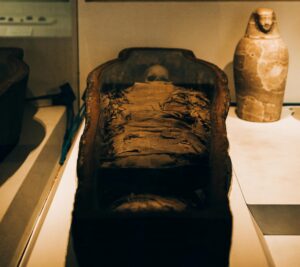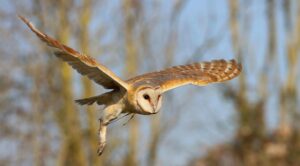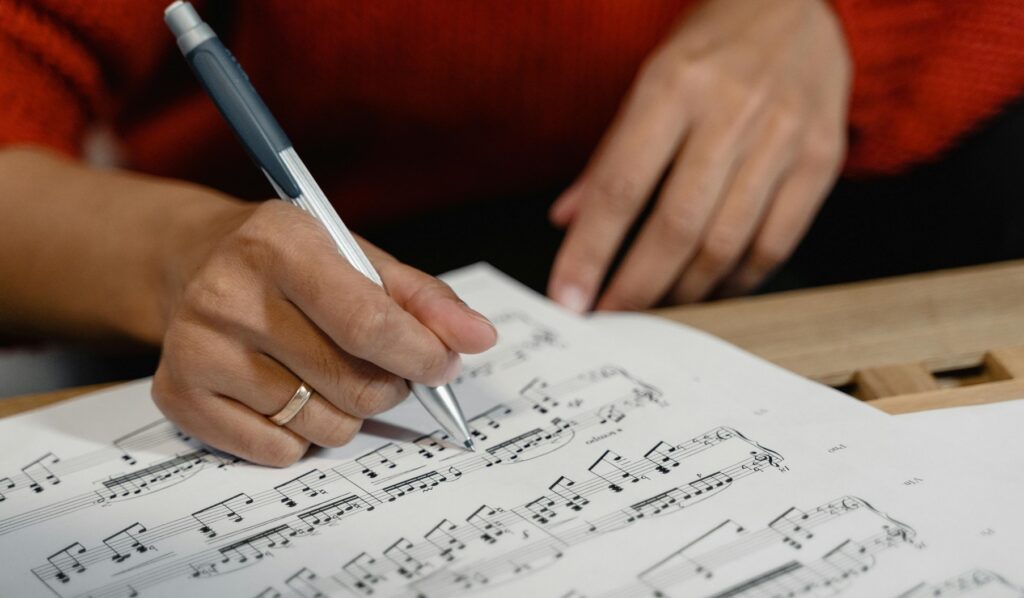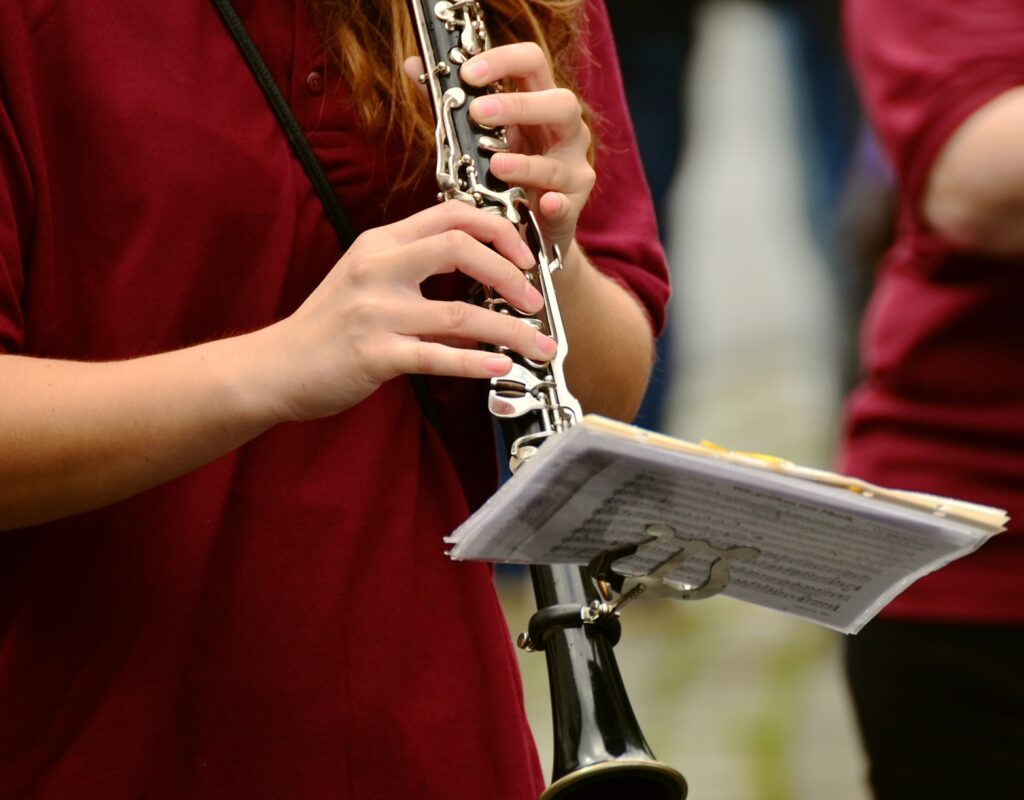Tagged Under:
Spooky Sound Mysteries
From haunting to downright bizarre, these sounds make for a fun fall exploration with your music students.
The light starts to change in the fall — the sun’s rays become more slanted as they peek through the changing leaves, the sunsets creep up earlier and earlier. It signals the start of spooky season, and for those of us who place Halloween at the pinnacle of our holiday traditions, we delight in the longer shadows.
Make the most of this liminal season with your music students, by creating lessons that delve into some of the world’s greatest sound mysteries. Mystery sounds can be used to teach pitch, tone, frequency, perception of sound, how acoustical waves move, and other interesting topics. Plus, it gives music educators an opportunity to play with humor and history, weaving them into music curriculum. Here are a few ideas to get you inspired.

The Groaning Mummy
The staggering, bandage-draped mummy that lurches at kids has been a familiar trope for generations. Learning about real-life mummies can be memorable too, although most mummies are, well, quiet.
Not so with the mummy of Nesyamun, an Egyptian priest who lived 3,000 years ago and first unwrapped in England in 1824. Also called the Leeds Mummy for the museum that houses the mummified remains, Nesyamun has contributed to science in a rather unusual way.
Using CT scans of the mummy’s mouth and throat, scientists created a 3D printed larynx, then used computer software and a loudspeaker to recreate what Nesyamun’s voice sounded like during his lifetime.
The results were a less-than-enthused sound: “Ehhh.” Who knew the ancient world was populated with Larry David types?
The sound bite is so small because “this acoustic output is for the single sound for the extant vocal tract shape; it does not provide a basis for synthesizing running speech,” explain the researchers. Still, this is an excellent opportunity to discuss the human vocal tract and how air and movements cause the sounds that we call speech and singing.
Here’s a video from LiveScience that has Nesyamun’s sound repeated, as well as slowed down, making it easier to hear it clearly.

The Death Whistle
Another archaeological dig, this one in 1999 in Mexico, brought to surface an unusual ceramic, palm-sized instrument, clutched in the hand of a male skeleton.
It was dubbed an “Aztec Death Whistle” because it is shaped like a skull. Was this ancient Mexican sound generator used in warfare to terrify opponents with its shrill noise? Maybe. Or was it used for other purposes, such as religious ceremonies, since it was discovered at a temple associated with Ehecatl, the wind god?
Research continues, but many replica “Aztec Death Whistles” have made the rounds on Amazon and social media, with 3D printed or ceramic models popular, so your students may be aware of them. Here are some materials for creating a music lesson about this intriguing pre-Hispanic instrument:
- Watch this good explainer video by Gizmodo on the Aztec Death Whistle.
- Learn more about the frequencies produced by the whistle and how researchers created experimental models to study the sound.
- Work with students on a DIY project to make their own “screaming” whistles.
- Read about how a contemporary musician reinterpreted the whistle into the composition “Death Whistle,” for the piccolo.
Ghostly Seneca Drums
If mummies and death whistles are a little too intense, here’s an idea for younger students.
For hundreds of years, residents and visitors of Seneca Lake, one of the Finger Lakes in western New York, have been reporting strange sounds. Sometimes called the Seneca Drums, or the Lake Drum, the Lake Gun or the Seneca Guns, this auditory phenomenon is a “deep, hollow, distant, and imposing sound” like a cannon going off in the distance, reported the famous author James Fenimore Cooper in 1850.
The indigenous population of the area chalked it up to the voice of Manitou, or Great Spirit, and incorporated the sound into some of their mythology. Modern scientists have proposed that the sound may be a bursting of natural gas bubbles that were previously trapped in the glacial lake’s bottom.
Ask students, what ghostly drums would sound like? Have them create their own patterns and tempos.
Seneca Drums can also be a jumping off point to talk about the drums, flutes and rattles used by native Americans from that region, including the Iroquois nations of the Seneca and Cayuga. PBS has a learning module featuring renowned Iroquois flute maker and musician Tsa ne Do ‘se that includes a nine-minute video, background reading suggestions and support materials for students.

Spooky Animal Sounds
Another fun sound exploration for younger students is to delve into the bizarre sounds found in the animal kingdom.
The wedge-tailed shearwater bird, for example, has a nocturnal call that has been likened to that of a baby crying. Humpback whales moan like they’re auditioning for an episode of Scooby-Doo. Barn owls and red foxes scream. And who knew that giraffes hum at night?
Weird animal sounds offer up ways to talk about topics like pitch, volume and timing. Can your students mimic the sound? Can they create a movement that accompanies the sound? Can they draw a picture of an imaginary monster that could be associated with the sound?
Hopefully these ideas have inspired you to make the most of spooky season and conjure up some fall sound mysteries for your students.
















